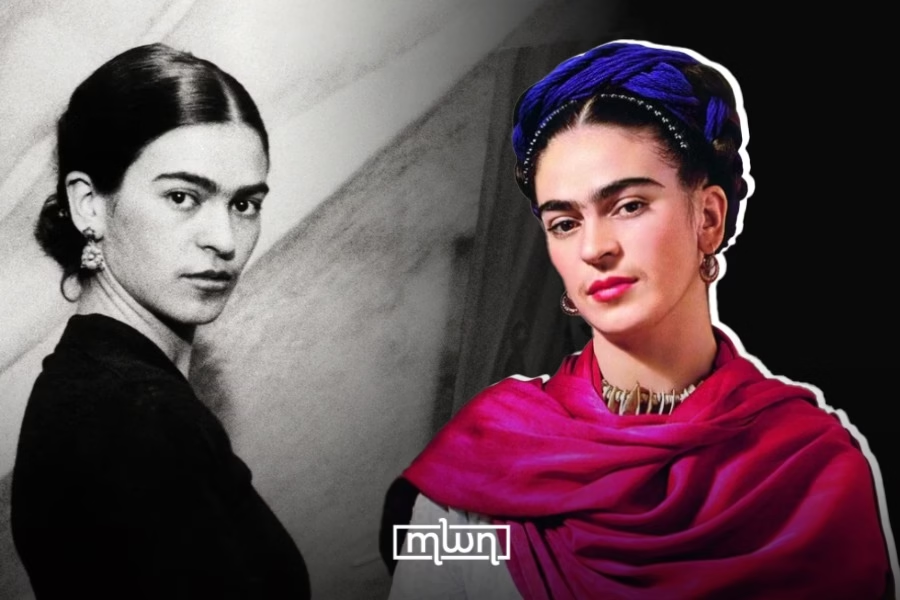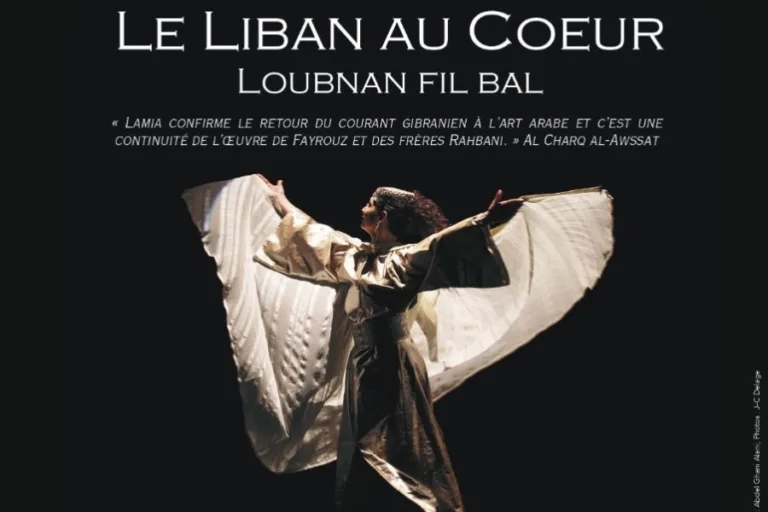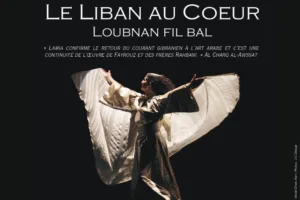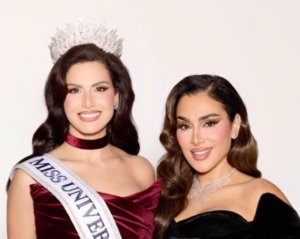Pain made her an artist, but it never defined her.
Fez– Frida Kahlo didn’t just paint portraits, she painted pain. The kind that sits in your bones, reshapes your soul, and demands to be seen.
Her legacy isn’t just rooted in color or canvas, but in a rare courage to show the raw and the real, especially when it was anything but beautiful.
Frida was never supposed to be ordinary. As a child, she battled polio. As a teenager, a violent bus crash left her body shattered, her spine fractured, her pelvis crushed, her life forever rerouted.
In recovery, confined in a body cast, she picked up a paintbrush. What followed was more than art; it was survival.
Across roughly 200 works, 143 of them are paintings, 55 of them self-portraits, Frida documented the jagged edge of human experience.
Her canvas became a mirror, and what it reflected wasn’t vanity; it was vulnerability.
“The Broken Column” shows her body split open, held together by nails and a medical brace. It’s haunting, unforgettable. And that was the point. Frida wanted you to look. And to feel.
“I paint self-portraits because I am so often alone,” she once said. “Because I am the person I know best.”
For Frida, introspection was a form of protest, especially in a world that preferred women to stay quiet.
Every painting became an act of self-ownership, a declaration that her story mattered, even when it was messy, even when it hurt.
But Kahlo’s life wasn’t just shaped by physical trauma. Emotionally, she was tethered to a storm: her partner Diego Rivera.
Their love was volcanic, passionate, reckless, and marred by betrayal. When he strayed, Frida cut her hair (which he loved) and painted a self-portrait with cropped hair, sitting defiantly in a man’s suit, surrounded by her fallen locks.
After his affair with her sister, she painted “Memory, the Heart” with a gaping, bleeding heart lying at her feet.
And yet, she always returned to herself.
Frida wore her culture like armor. She dressed in traditional Tehuana gowns, wove pre-Columbian symbols into her work, and rejected Western beauty standards with every unibrow and flower crown.
In “The Two Fridas”, she paints herself split between cultures: the Frida loved by Diego in native dress, and the Frida left behind in a colonial-style gown, heartbroken and bleeding.
Critics labeled her a Surrealist, but she refused the title. “I never painted dreams,” she said. “I painted my own reality.”
Her reality was complex, shaped by politics, pain, and passion. She read Freud. She explored Marxism. She painted the book of Moses. Her intellect was as bold as her brushstrokes.
During her lifetime, Frida sold very few works. She had just one solo exhibition in Mexico before her death at 47.
But today, her paintings sell for millions. Her image, iconic, instantly recognizable, has become a global symbol of resistance, resilience, and radical authenticity.
Her jewelry, her brushes, and her corsets are still in a museum. Because Frida Kahlo isn’t gone, she’s everywhere. And her pain still speaks louder than words ever could.
Read also: The Mamluks Take Over the Louvre: A Forgotten Golden Age Brought Back to Life
















